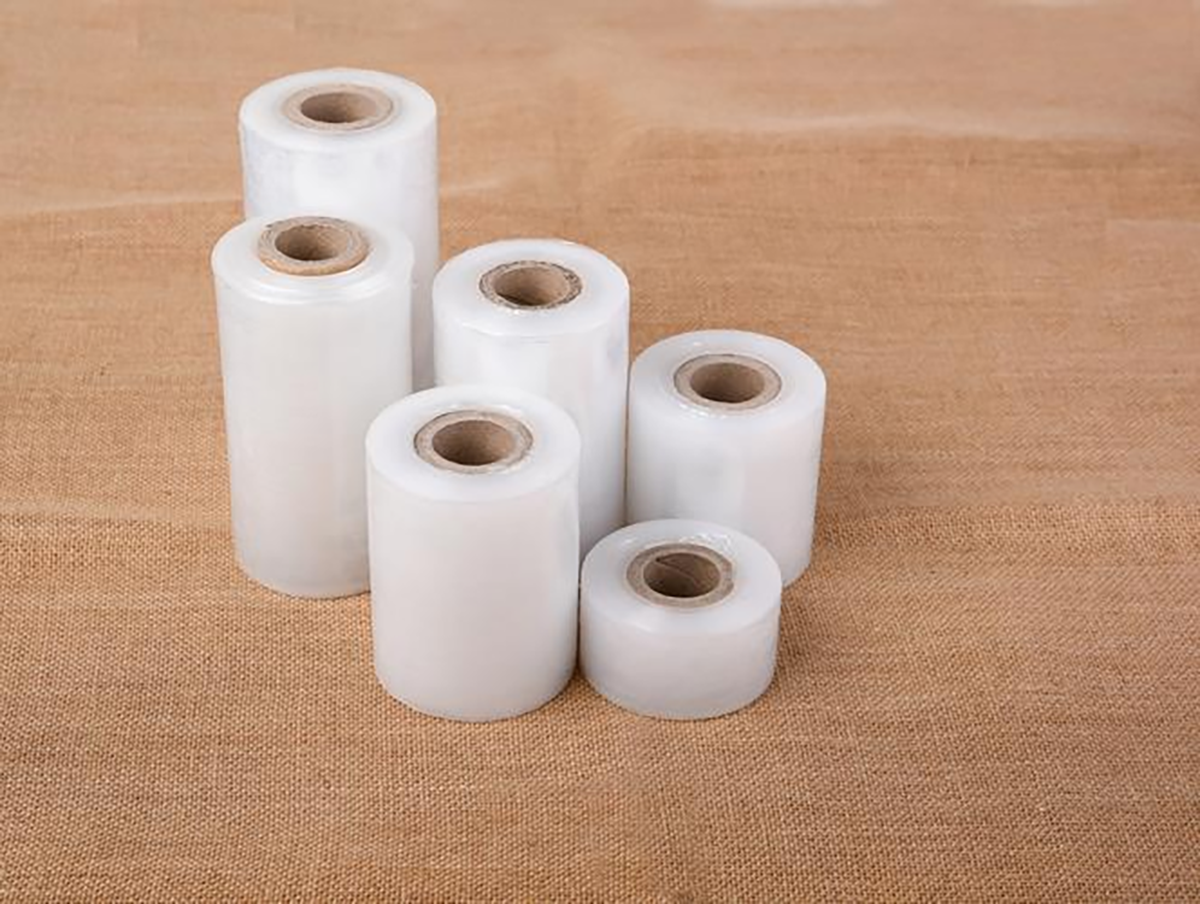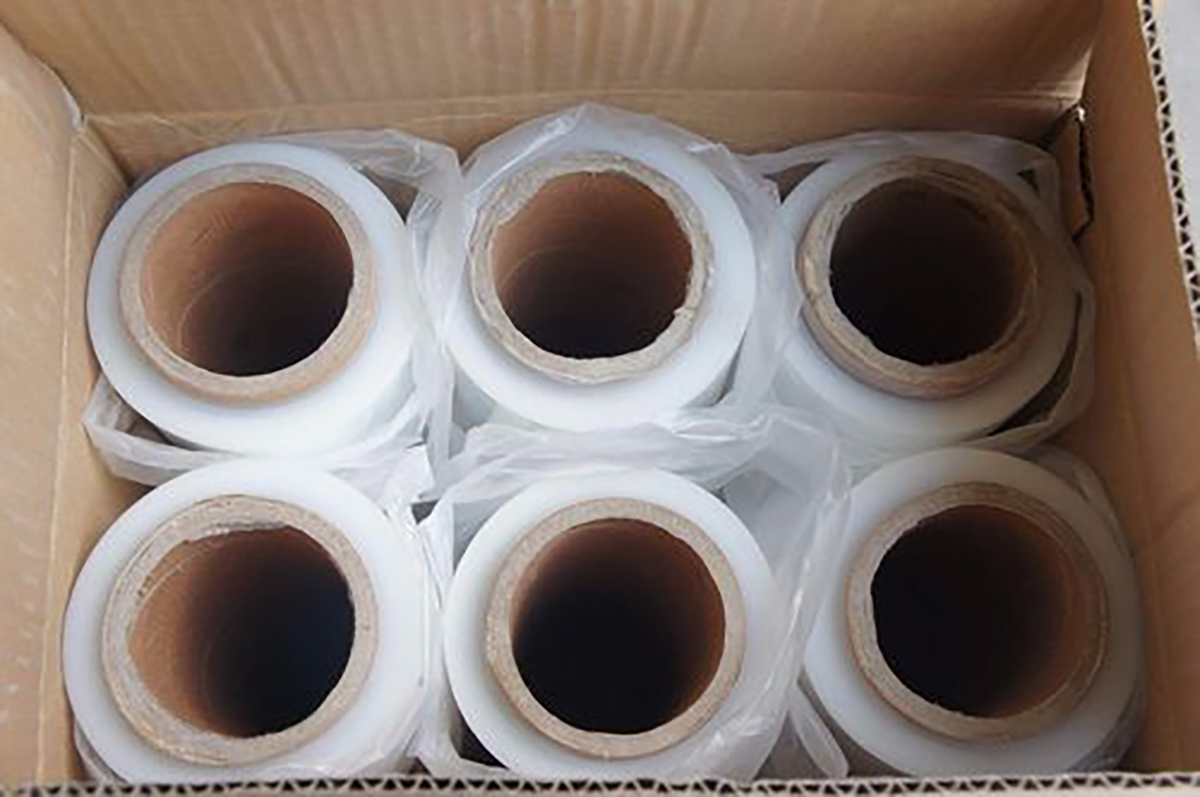In the world of packaging and everyday kitchen use, plastic wraps play a significant role in keeping items secure and fresh. Among the most commonly used wraps are stretch film and cling wrap. While these two materials might seem similar at first glance, they are actually quite different in terms of their composition, intended use, and effectiveness. The confusion between the two often arises because both serve the purpose of wrapping and securing items. However, their features and applications differ significantly.
Understanding the Difference: Stretch Film vs. Cling Wrap
1. Material Composition
The first key difference lies in the material itself. Stretch film is typically made from linear low-density polyethylene (LLDPE), a plastic known for its excellent stretchability and durability. This gives stretch film the ability to stretch up to several times its original length, offering a strong and secure hold on large and heavy items.
In contrast, cling wrap, also known as plastic wrap or Saran wrap, is usually made from polyvinyl chloride (PVC) or low-density polyethylene (LDPE). While cling wrap is stretchable to a certain extent, it is more clingy and designed to adhere to surfaces, especially smooth ones like food containers.
2. Intended Use
The intended uses of stretch film and cling wrap are vastly different. Stretch film is primarily used in industrial applications. It is designed for securing large shipments, pallets, and products in warehouses, logistics, and retail environments. Its primary function is to secure, stabilize, and protect items during transportation, preventing shifting or damage to the goods.
On the other hand, cling wrap is mainly used for food storage in homes and small businesses. Its primary function is to keep food fresh by wrapping it tightly and protecting it from dust, dirt, and contaminants. It is commonly used to cover leftover food, sandwiches, or produce in kitchens.
3. Stretching Ability and Strength
Stretch film is known for its impressive stretchability. It can stretch several times its original size, offering enhanced holding power. This makes it highly effective for securing and bundling products. Additionally, it is resistant to punctures, tears, and abrasions, which makes it ideal for wrapping heavy and large items.
Cling wrap, on the other hand, is less stretchy and is not designed to provide the same level of tension. Instead, it relies on its ability to cling to surfaces, such as bowls, plates, and food items. While it offers protection for food, it is not as robust or strong as stretch film in terms of securing heavy or bulky loads.

4. Durability and Strength
Stretch film is much more durable and stronger than cling wrap, which is why it is preferred for industrial and logistical applications. It can endure the rigors of shipping, transportation, and storage, even in harsh conditions. Its strength allows it to keep products secure during rough handling.
Cling wrap, being thinner and more lightweight, is not as durable as stretch film. It is suitable for light-duty applications like food wrapping, but it doesn’t provide the level of strength required for securing large or heavy goods.
5. Eco-Friendliness
Both stretch film and cling wrap come in various forms, including options that are recyclable. However, many stretch films are designed with environmental impact in mind, and some are made with biodegradable materials to help reduce waste. Cling wrap, while recyclable in some cases, is often criticized for contributing to plastic waste, particularly in household usage.
6. Application Methods
Stretch film can be applied manually or with automatic machines in industrial settings. This makes it suitable for high-volume packaging, especially in large warehouses or manufacturing plants. The film is often wrapped around pallets or large groups of products to keep them secure and stable.
Cling wrap, on the other hand, is primarily used manually and is more commonly found in kitchens or small-scale businesses. It is often applied by hand to wrap food, though there are also some dispensers available for easier handling.
Which One Should You Use?
The choice between stretch film and cling wrap depends entirely on your needs:
For industrial, heavy-duty packaging, stretch film is the preferred option. It offers strength, durability, and stretchability, making it ideal for securing and protecting large and heavy items during transportation and storage.
For household food storage, cling wrap is more appropriate. It’s perfect for covering food items and keeping them fresh, as it clings to containers and food surfaces without the need for adhesive.
Conclusion: Not the Same
While both stretch film and cling wrap are used for wrapping and securing items, they are distinctly different products designed for different applications. Stretch film is used in industrial settings for heavy-duty packaging, while cling wrap is more common in kitchens for food preservation. Understanding the differences between these two materials will help you choose the right one for your specific needs.
In summary, stretch film is designed for strength and load stability, while cling wrap is made for adhesion and food protection. Choose wisely based on your specific requirements!
Post time: Mar-11-2025


